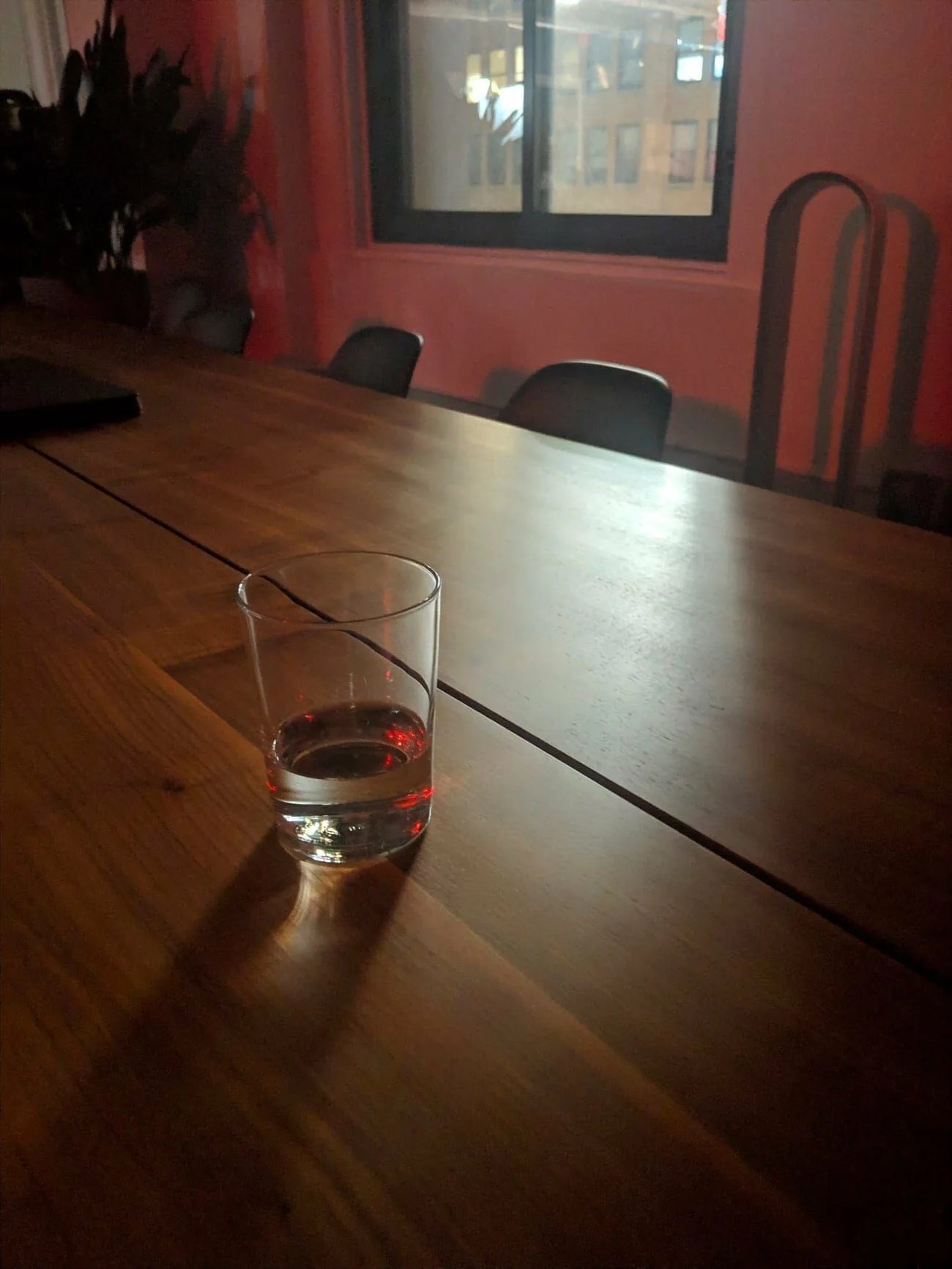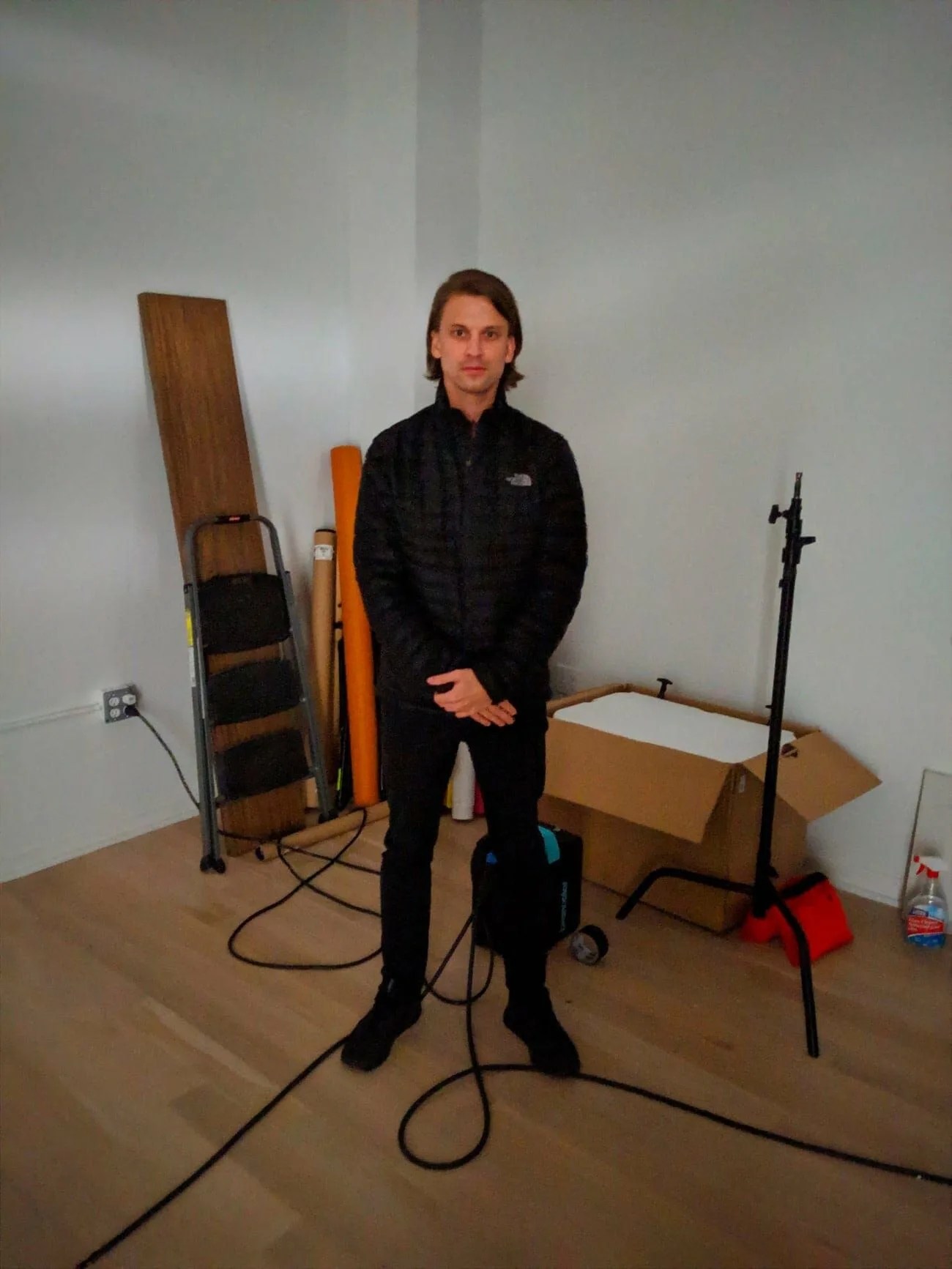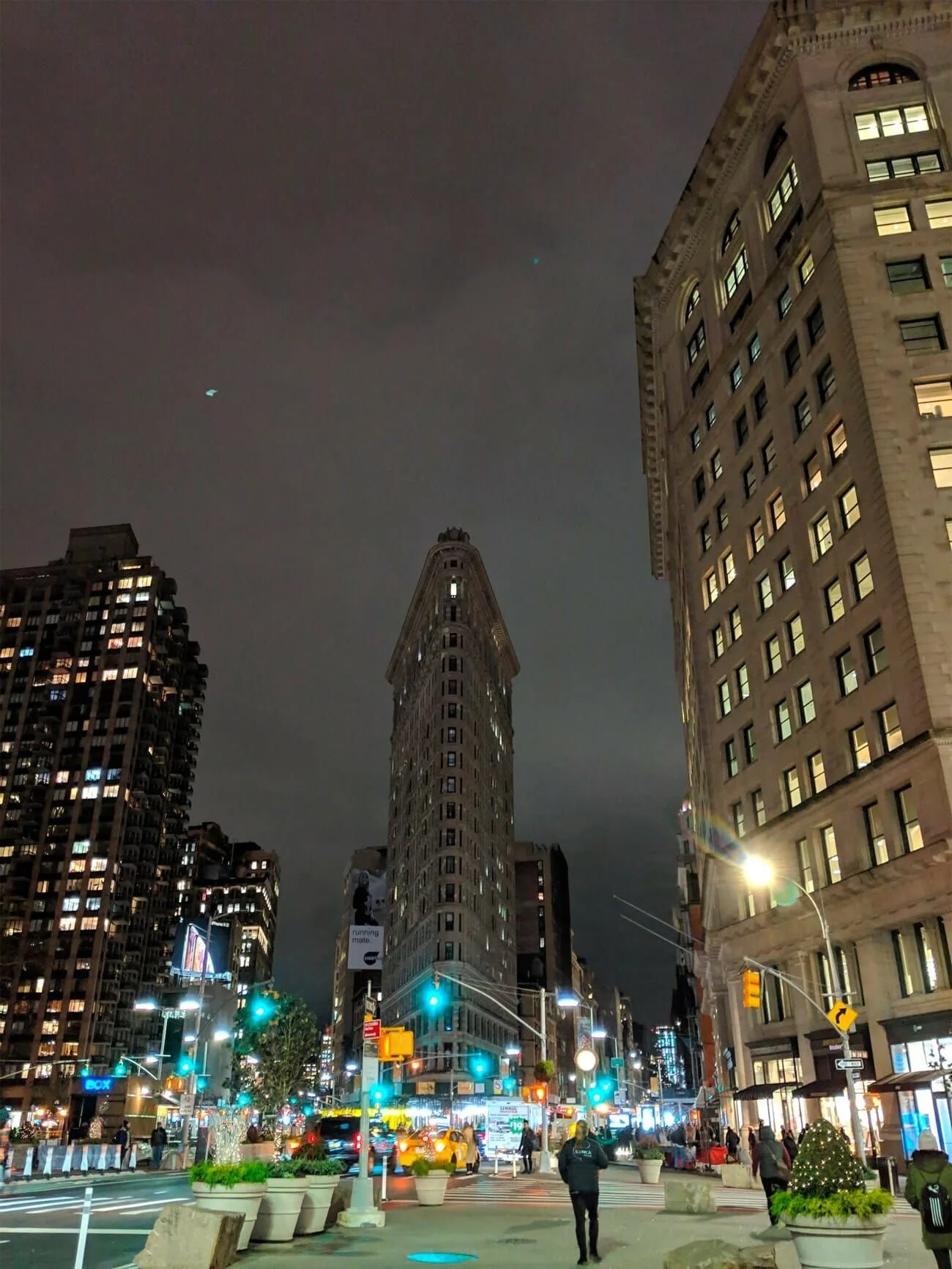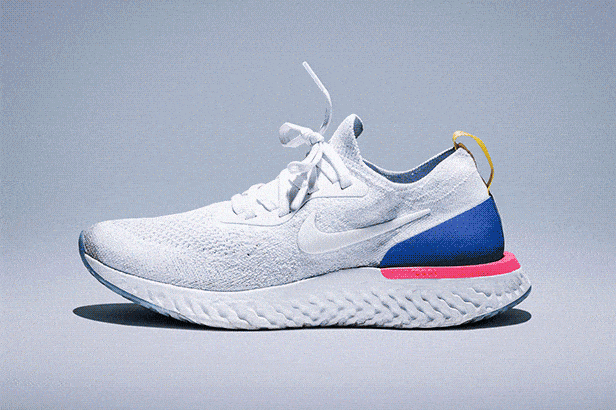When Google launched the Pixel 3 earlier this fall it came with heaps of expectation, most of which was centered around its camera. Its predecessor, the Pixel 2, featured what had been considered the best smartphone camera you could buy, even beating out the newer iPhone XS and Galaxy S9. The Pixel 3 promised a significantly better camera system. Well, months later, it’s clear that Google wasn’t lying. The Pixel 3 is by far the best smartphone camera of 2018 – check out our latest camera comparison, here – and most of its new features (Top Shot, Super Res Zoom, Photobooth, Motion Auto Focus), which sound like gimmicks, turned out to be anything but.
That said, the Pixel 3’s potentially coolest feature, Night Sight (another gimmicky name), wasn’t available at launch. Designed to revolutionize low-light and nighttime photography, at the smartphone’s launch event Google showed off photos of the Pixel 3 using Night Sight – the results were almost too good to be believed. Even without Night Sight, we found the Pixel 3 to take the best low-light photos of any smartphone already. Now that Night Sight has rolled out via a software update to all Pixel 3s – as of mid-November – they’re able to take photos that the Pixel 3, like all other smartphones, simply could not.
What Is Night Sight? Night Sight is a setting built into the Pixel 3’s camera app that captures really detailed photos even when you’re in poorly lit locations. Normally in such situations, the camera would call for a long exposure, which in turn would require a flash or for you to keep your hand really still (or have a tripod). The magic of Night Sight is that it eliminates the need for most of that. You still need to stand still for up to six seconds when taking a Night Sight photo, but the camera will automatically detect small movements like your shaking hand and, thanks to Google’s superior artificial intelligence, eliminates flaws to produce a clear, well-lit photo.
How Does It Work? All the latest smartphones use some form of high dynamic range (HDR), which is a special image processing technique. It enables the camera to capture a burst of frames, all at different exposures, and then align and merge them together into one high-contrast photo. Google’s own version of this, called HDR+, is unique because it’s also able to cancel out unwanted noise, such as handshake or motion, thanks to what Google calls “zero shutter lag (ZSL).” Here’s how it works: right when you open the camera app, it starts capturing frames and then when you hit the shutter button, it takes the most recent frames, combines them and then processes them through the Pixel 3’s normal HDR+ algorithm.
With Night Sight, the camera doesn’t utilize ZSL, which limits the exposure time of each frame, and thus it doesn’t immediately start capturing frames when you open the camera app. Instead, Night Sight relies on “positive shutter lag (PSL)”, which starts capturing frames when you hit the shutter button. But it captures frames that can each feature longer exposures than the individual photos that you capture with HDR+. “When in Night Sight, the Pixel 3 can take up to 15 photos,” said Alexander Schiffhauer, a product manager of computational photography at Google. “The total exposure time can be up to six seconds in Night Sight versus HDR+ where the total exposure time is much slower.” This is also why the Night Sight function prompts you to hold the camera still for up to six seconds – it needs to capture frames with longer exposures and know exactly when to start capturing them.
It should be noted that all previous generations of Pixel smartphones are now able to use Night Sight, however, the results aren’t equal. The Pixel 3 has a superior processing engine that allows it to use a feature called Super Res Zoom, which helps it capture stabilized zoomed-in photos. While the Pixel 2 and first-gen Pixel run multiple frames in Night Sight through the HDR+ algorithm, the Pixel 3 runs its frames through Super-Res Zoom algorithm. The algorithm was developed for super-resolution and works to reduce noise, according to Google’s blog post, and produces better results for nighttime scenes.












